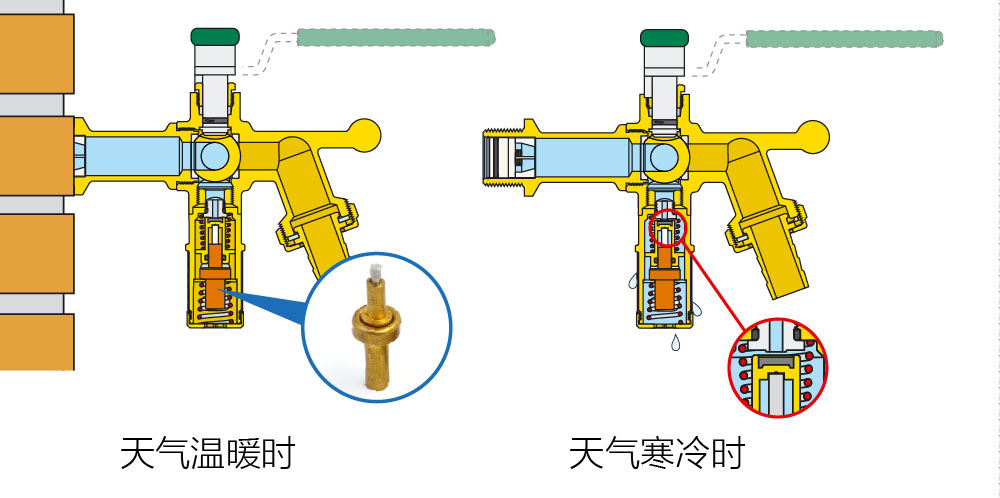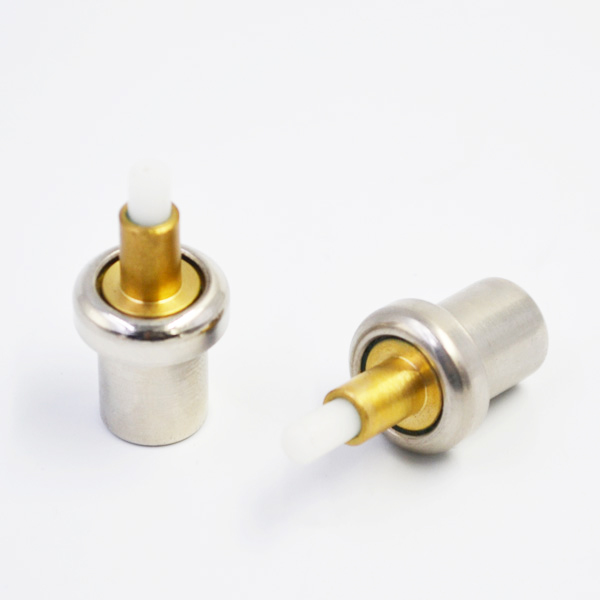The transmitter controller is an important part of the broadcasting transmitting system. Its main function is to monitor and control the working state of the transmitter. It is of great significance for the normal operation of the broadcasting transmitting system. Starting from the function design of the controller of the broadcasting transmitter, this paper studies the ARM technology, and discusses the application of ARM technology in the design of the controller around the embedded microprocessor of the ARM. The purpose is to provide theoretical help for the scientific design of the control system of the broadcasting transmitter system. With the continuous development of economy and society, the level of science and technology in our country is also constantly improving, which creates favorable economic and technological conditions for the technological progress of the broadcasting industry. As an important transmitting equipment in broadcasting industry, the controller of broadcasting transmitter is the key to the operation of the whole system. Most of the traditional broadcasting transmitter controllers are 8-bit single-chip microprocessors, which are not perfect in function, control effect is not obvious, reliability is low, and work efficiency can not be coordinated with the operation and improvement of the transmitter. The application of ARM technology in controller design gradually solves these problems, and improves the integrity and reliability of fault handling and monitoring control system, which guarantees the normal work of equipment. Therefore, it is of great significance to develop the application system of ARM architecture and analyze the specific application of ARM in controller design. It is the basis for the design of the controller to define the user’s requirements and analyze the functional requirements of the device controller. At present, the working status of the broadcasting transmitter has strong continuity. In the process of transmitting signals continuously, effective controllers are needed to monitor the normal operation of the equipment and deal with the faults scientifically.

Therefore, the functions of the controller of the broadcasting transmitter are generally divided into two aspects: real-time monitoring and automatic control.
The controller is required to collect timely and reliable data information, control multiple nodes at the same time, upload the collected information, analyze and calculate to judge whether the equipment is running without fault detection, and intellectualize the fault processing, using warning and control the output of fault information to achieve control purposes. This paper analyses the user’s requirement and function of the controller based on ARM technology. ARM7 microprocessor has great advantages in control effect and work efficiency. Users’demand for new controller also formally improves the reliability and accuracy of control effect. The key components that need to be controlled are keyboard man-machine, Ethernet communication network, data collection and analysis module, LCD and so on.

In the design, we need to design and Research on the basis of the PCB board provided by the users and the needs of the users. The broadcasting transmitter controls the hardware system mainly by collecting analog quantities in each state of the hardware system, and analyzing them in detail to control the switching quantities. The hardware system of transmitter controller mainly includes the interpersonal interface of keyboard, thermostatic element LCD display screen and so on. ARM can provide the basis for the design of controller. With the application and popularization of ARM technology, microprocessors with various ARM architectures can be selected. Each microprocessor has different characteristics in structure and function. This paper mainly chooses S3C44BOX as a specific example to design the hardware system of controller. The microprocessor has higher main frequency and more interfaces, and can provide the system with more interfaces. The stability and reliability make a significant contribution. The CPU uses ARM technology and has 16/32 bit structure. Besides 32 bit multiplier and terminal debugging support, there are 8 interrupt sources, 8 10 bit ADCs and 71 I/O ports. In addition, S3C44BOX microprocessor based on ARM technology has the advantage of less energy consumption. The most remarkable feature of this microprocessor is that it can realize JTAG debugging mode. The microprocessor has IIS and 12C interfaces and I/O interfaces. Compared with single chip, its performance is greatly improved. S3C44BOX is a multitude of components of the processor, including switch and analog input and output modules, the main control chip of the microprocessor, storage module and related interface circuits.
The design of this module mainly includes the input and output of analog and switching quantities. Based on ARM technology, the controller is designed based on S3C44BOX microprocessor. The analog quantity is determined to be 80 routes. Selecting A/D controller with the same analog quantity of 80 will increase the cost of design. Therefore, a new technology is needed to replace it. ADC sharing technology can greatly save cost and cost. It can process multiple analog quantities in turn, and the converter in S3C44BOX can be switched on to achieve conversion. Purpose, the implementation of this process needs to involve MUX to carry out [1]. Attention should be paid to the fact that the switching quantity is very susceptible to interference in the process of approaching the field. Therefore, the anti-interference of the channel should be enhanced in the design. TTL is a common type of level in the transmission of switching signals, and its value is low. Photoelectric isolation technology can effectively control interference and ensure the stable operation of the controller. Only when the relay is controlled by electrification or power-off, can the control of other systems be realized. The level of the control relay is generally low. The structure of the storage system is obvious. Generally, we can divide it into three layers: off-chip main memory, on-chip Cache and linear Flash related to startup code. The storage unit of SARM and in-chip Cache is 8KB, which has a controller that can be extended to the outside world and supports 32MB of storage [2]. For the design of on-chip cache, both the cache and non-cache areas in the system are 4KB. In addition, this design also involves buffer registers, which are only 4B in size.
This design can solve the problem between memory and CPU and break through the bottleneck between them. For the design of off-chip main memory SDRAM, it is necessary to design by expanding the memory and microprocessor connections, and no other softwares are needed. Compared with Hynix company setting up HY57V641620, the process of data transmission in this design is simpler, just setting up BANKCON register. In this design, the off-chip main memory is extended, and two processors are connected by Bank6. In the design of linear Flash, the emphasis is on the detection of the working status of embedded controller hardware. When testing, the initial program in linear Flash is used as the basis and standard. When the power is connected, the technicians in the program display the data of the first unit. And automatically detect and repair, execute commands. Generally, the ROM memory of the system is based on the related chip and technology developed by SST, and the linear Flash involved is 2Mb. S3C44BOX internal converter type is 8-way 10-bit form. Generally speaking, in the process of acquiring sampling results, the scope of work is relatively narrow, only between 0HZ and 100HZ. In addition to this range, the accuracy of the obtained results will be greatly reduced [3]. In the design process, the register used is ADCOSR20, while the A/D converter is 10 bits and the time is set to 10us. It should be noted that in order to avoid the delay of channel switching, relevant software should also be processed to avoid the drawbacks caused by multi-circuit operation and ensure the normal operation of the system. When designing the keyboard of the input module, the keyboard of 4/4 form should be set, and the connection and contact switches should be set at the intersection of rows and columns to facilitate operation. The input ports on the column are pulled up by resistors. The driver and output ports are GPCO-3, while the driver and output ports are GPE4-7. Only when the keyboard is pressed, the relevant operation will be carried out, and the codes will be scanned and analyzed. The input signal is the criterion for judging the displacement of the code. When the key message is sent out, the working state of the level can be understood by scanning. LCD implements the caching process by means of two-level caching, which is the internal memory area of the system. Usually, the LCD area exists in S3C44BOX. It is also one of its main tasks to transmit internal information to the outside. The related data is finally transmitted to the first-level display. In the specific design process, we need to set up relative registers, generally using LCDCON1/2 as registers; LCD has four modules, and are controlled by LCD controller. The signals in four modules are mainly VLINE, VMVFRAME and VCLK.

Different modes need to be processed before displaying, and 8-unit scanning and color setting are essential steps. When data is traditionally driven to LCD by DMA, this process saves time and greatly improves the efficiency of data transmission. The choice of LCD controller is related to cost. In order to save cost, the LCD controller in S3C44BOX is usually used, which has great advantages in beauty and load. The design foundation of software system is customer’s requirement. The requirement of software system is mainly embodied in switching control and analog control. Unified processing switch, database management, obstacles, design procedures. When the controller collects analog signals, it can collect up to 144 channels, but in general, only a few dozen channels are available for effective acquisition, and many ports are not effectively utilized in this process. In this stage of design, we need to use median filtering method to process multiple continuous data N, remove the maximum and minimum values, and calculate the average value of N-2, then we can get the final results. The main function of man-machine interface is to display some common quantities when transmitter works, such as voltage and temperature. The setting of relevant parameters of the controller needs to be realized through man-machine interface. Only after inquiring the relevant data can it facilitate the work of the controller. For displaying information, we need to set up menus. Generally, menus are divided into sub-menus and main menus. Each main menu contains many sub-menus [5]. The selection of boot mode needs to be realized by choosing Boot Mode. Static variables are selected for boot mode. If static variables are 0, the upper computer boots.
If static variables are 1, the upper computer boots automatically. If static variables are 2, the upper computer boots manually. By changing the PC, different function keys can be set; actions are output in the direction of high to low, and different actions have different priorities; the boot pulse is divided into two sets, corresponding to two functional operations. The action of shutdown and boot-up is opposite. If these actions are closed when boot-up, then these actions are open when shutdown. There are many ways to achieve the boot-up effect, which are manual, timing and upper computer.
Manual switch needs to be realized by external keyboard, while fixed switch needs relevant timing equipment to achieve [6]. When the relevant information is set up, it will be stored in the ROM inside the system to provide the basis for the normal work of the system; in the later use process, we can carry out appropriate operations according to the needs. When a fault occurs, the system will automatically handle it. If the processing results fail, it needs to upload data to refer to ROM to solve the problem, and take relevant alarm settings to inform the management personnel to control. In a word, the application of ARM technology in the controller design of broadcasting transmitter is of great significance. At present, the main processing system in our country is the embedded system of microprocessor based on ARM. The application of ARM is mainly embodied in hardware and software systems. In order to give full play to the superiority of this technology, we must make a thorough study on the specific application of this technology.
